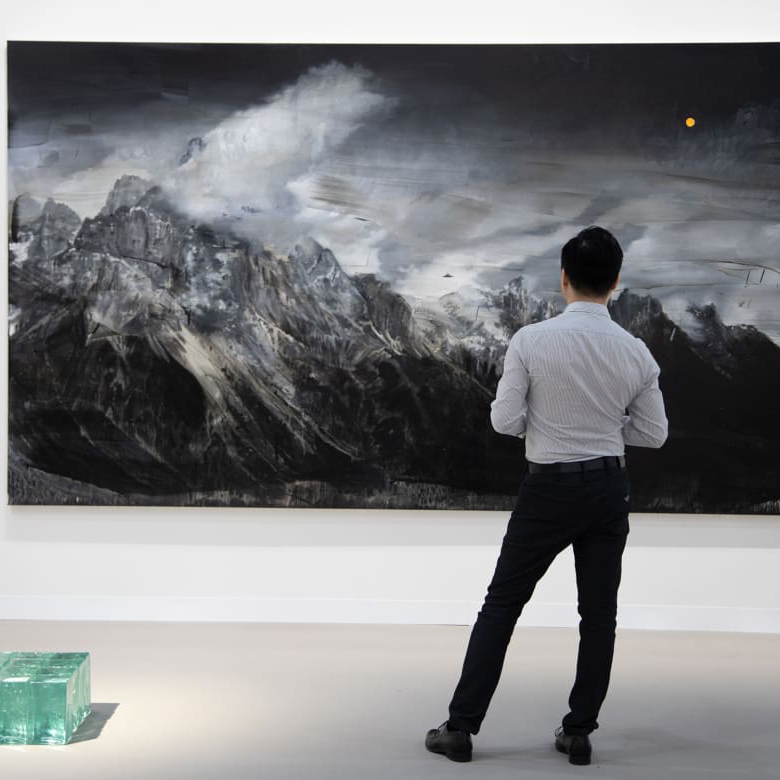Art Basel Hong Kong: West
Highlights from the Western component of the recent fair

More than delivering the caché of the Art Basel name, the inaugural Hong Kong edition contextualized Asian art in the global community. Showcased aside it, an array of Western artists rounded out the festival with grandeur, color and abstraction.
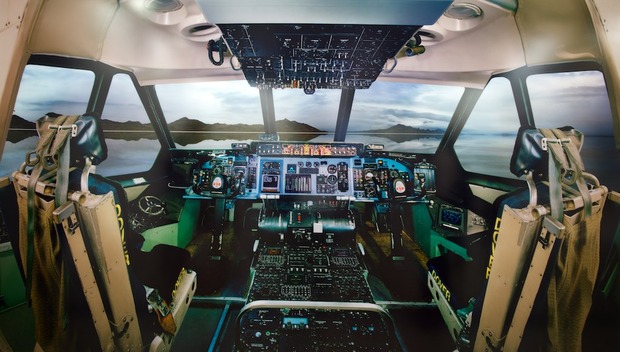
Cuban-American Luis Gispert‘s large-format photograph “C-5” (2013), seen within the Rhona Hoffman Gallery presentation, delivers the incredible realism of an airplane interior partnered with a fantastical island landscape just outside the plane’s windows. The scope of the image immerses the viewer in the faux-flight, as the scene—and then the scene within—is analyzed. Details in the photo highlight Gispert’s wit and observations, including cheeky warning phrases and imagined radar screens.
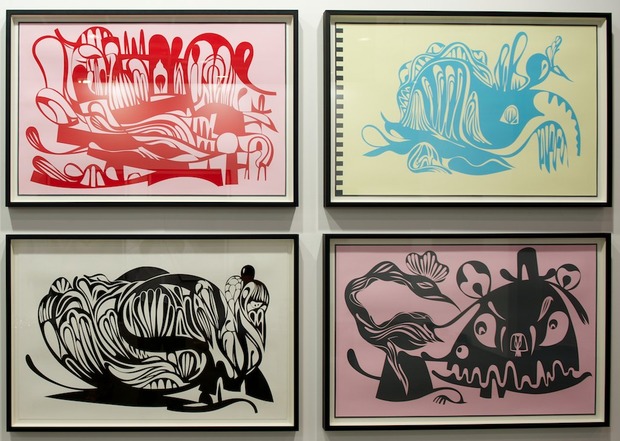
Istanbul-based artist Haluk Akakçe‘s 2012 series of acrylics on archival paper are reminiscent of screen-prints. These works, viewed at Galerist, depict stylized birds and references to both India and Jamaica.
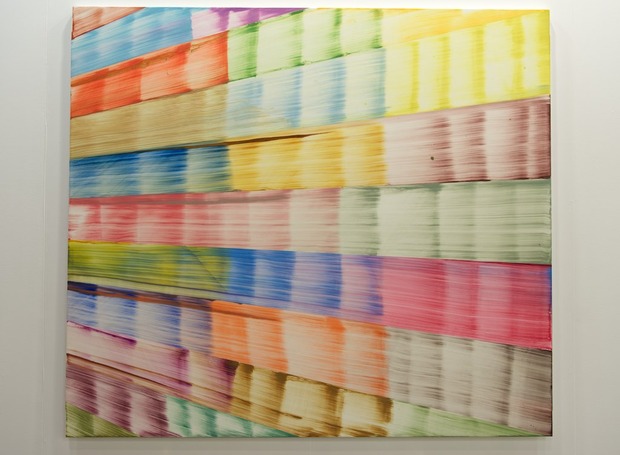
Movement is conveyed through the thick brushstrokes and vibrant colors of French artist Bernard Frize‘s 2013 work “Item” (2013), seen at Perrotin Gallery. The acrylic and resin on canvas cast light and dimension in a complex way. Known primarily for his minimal concepts and broad, explorative technique-heavy works, his work is always fresh and inspiring in its simplicity.
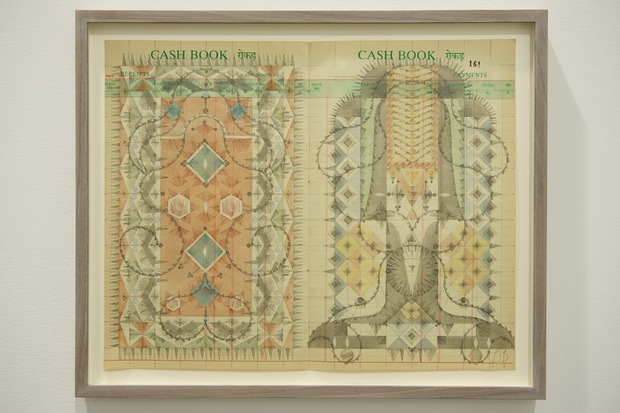
Paper sourced from antique ledger books forms the backdrop of New Yorker Louise Despont‘s untitled 2013 graphite and colored pencil drawings at London’s Ibid Projects. The seamless construct of geometric images yields to more complicated, delicate patterns fashioned after animals and the ethereal.
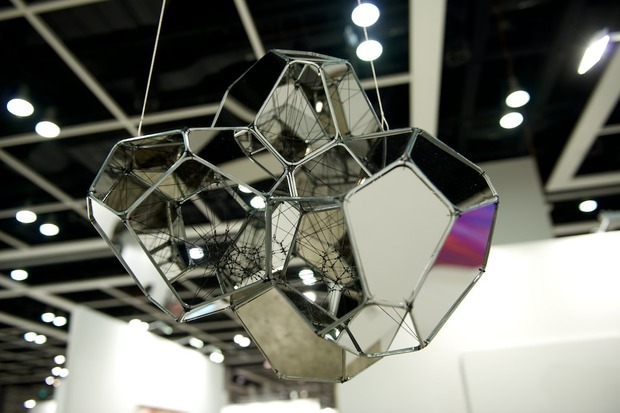
Aluminum, stainless steel and nylon form four conjoined modules in Argentinian artist Tomás Saraceno‘s piece “Fornax” (2013). The hanging sculpture, found at Andersen’s Contemporary, has paneled and panel-less siding, which either reflects light and color or offers a glimpse of the black spiderwebbing inside.
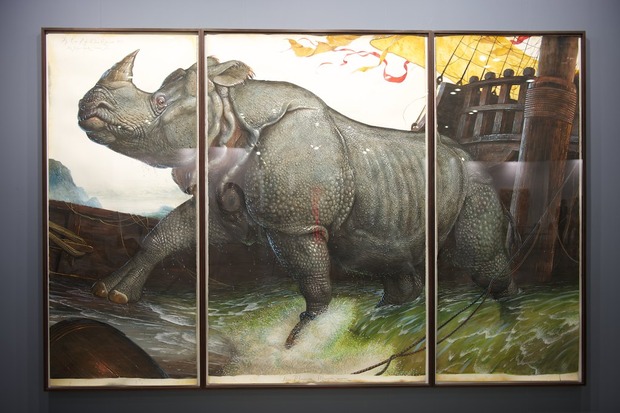
“Loss of the Lisbon Rhinoceros” (2008), American artist Walton Ford‘s watercolor, gauche, pencil and ink on paper triptych, captures the muted emotion of an animal in the midst of a historic event. The moment, however, was not the animal’s death. Instead it was the fact that this real life event inspired Dürer (a 16th century artist) to create a fanciful rendition of the animal, having never seen one, which would be referenced for over three centuries. Ford’s piece was displayed by the Paul Kasmin Gallery.
Images by Josh Rubin
